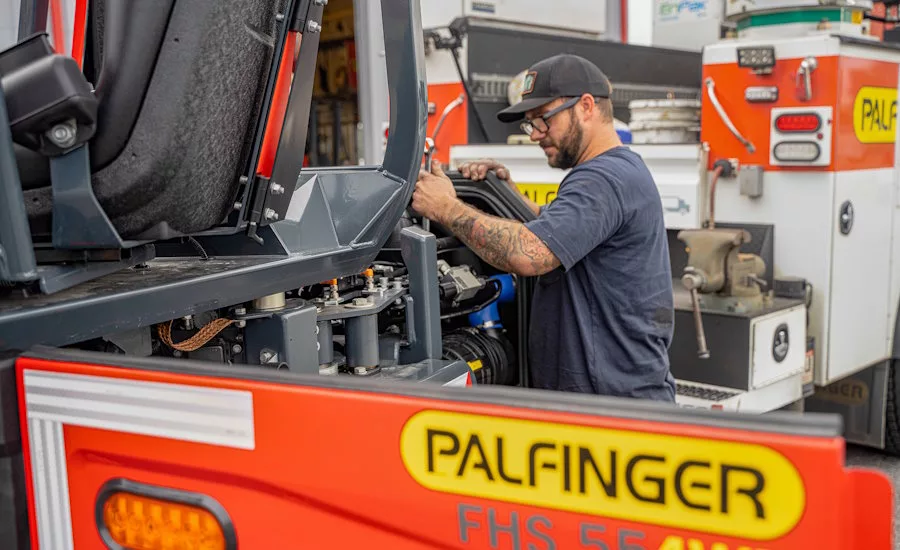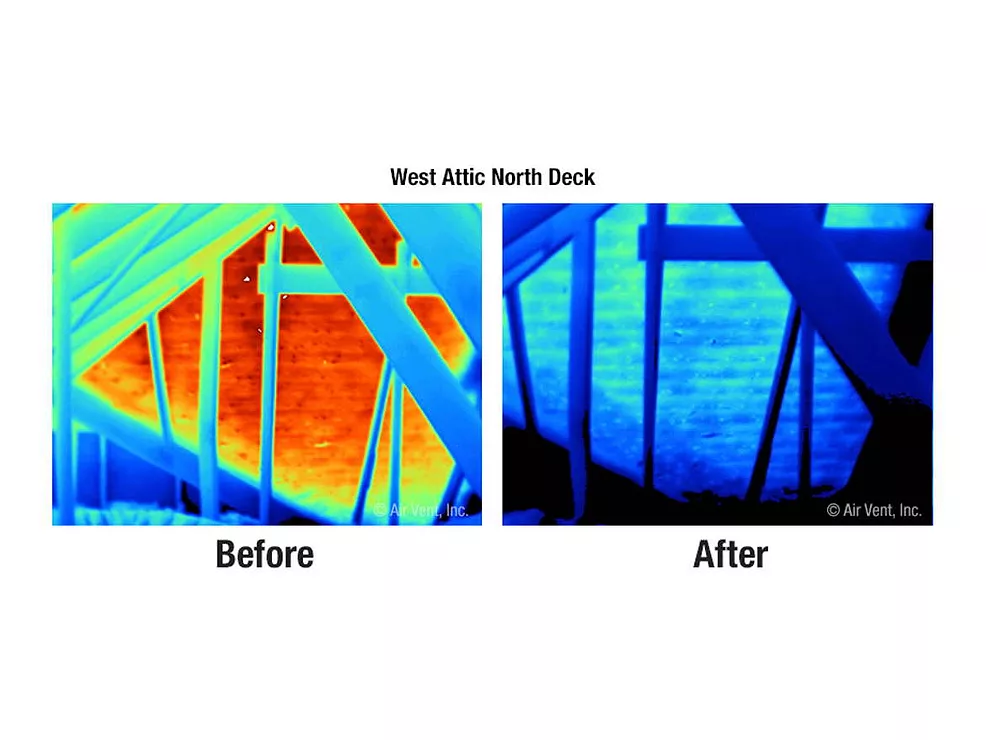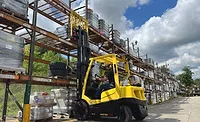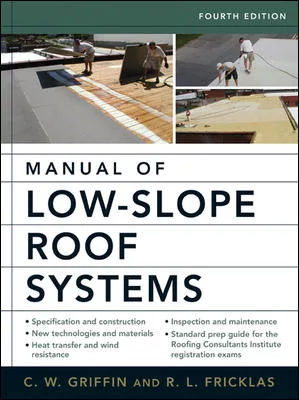Safety
Key Elements of Truck-Mounted Forklift Safety
Properly operating a truck-mounted forklift is critical, meaning safety features should be a top priority when purchasing trucks

If you search the internet for “forklift safety," the results that appear first are often articles about common forklift accidents and how to prevent them. This advice is important, but what if we were able to apply prevention measures further back in the process — like during the actual design process for the truck-mounted forklift?
When shopping for equipment, it is easy to get caught up in the immediate promises of power and lift range, instead of examining safety-related features. In the long term, however, the two most critical elements of the forklift’s longevity and performance are the safety features and the operator.
In this article, we will review important safety considerations for truck-mounted forklifts — equipment that is critical for a variety of industries, especially construction, material handling, lumber, and warehouse/distribution centers. We will also discuss how operators can maintain injury- and accident-free records when operating their forklifts.
Why is all of this important to you and your operators? Consider the following: For fiscal year 2023, OSHA reported that forklifts (Powered Industrial Trucks) are #5 on the list of Top 10 most frequently cited standards. OSHA also estimates that, each year, there are an average of 87 fatalities and 35,000 to 62,000 forklift-related injuries. The safety of operators and those who work around forklifts is dependent upon a team effort from the purchase of the forklift to the last load of the day. Ensuring that everyone adheres to accepted safety-related practices is an important operational consideration.
Forklift Must-Haves for Safety
Ground control – Anecdotally, insurance professionals working with industries utilizing truck-mounted forklifts will tell you that operators slipping and falling, especially in rainy or snowy conditions when the forklift is elevated, is a major cause of claims. Actions like climbing up and down the rig and checking fluids become less hazardous at ground level.
As an example, PALFINGER’s side ground controls on all models enable the operator to mount or dismount the forklift, in any weather conditions, while remaining on the ground at all times. Also, always look for three-point contact systems for entry and exit on the forklift with ergonomically placed steps and dedicated grab handles.
Service and support – Regular and specific maintenance of your truck-mounted forklift helps avoid potential problems. By implementing a maintenance schedule along with a daily pre-trip inspection per the operator manual guidelines, you can minimize downtime and reduce the risk of accidents. If you are in the market for a truck-mounted forklift, check out the service and support options available from the authorized dealer for the manufacturer in your area.
Ensure your operators follow a thorough pre- and post-trip checklist and encourage them to report and/or address any issues immediately. A “we can take care of that later” approach can be hazardous to everyone and lead to avoidable accidents or issues. Likewise, if you rely on a partner to provide maintenance and service, consider the number and reach of mobile service trucks they deploy, as you do not want to be faced with significant downtime if something needs fixing.
All-wheel brakes – The industry standard for truck-mounted forklifts has long been a single brake on the steering wheel. Look for brakes on all three wheels for two-thirds more stopping power.
Operator ergonomic comfort – A comfortable operator is a safe operator. Given this, features like ample foot room with motion and engine accelerator pedals ergonomically level with one another are helpful, as is no steering wheel column to obstruct feet and spacious operator cabins with 360-degree panoramic views. In short, even the slightest variations (or modifications) can help operators perform at the highest, most efficient levels possible.
Side-seat options utilize a standard seat that swivels for easy entry and exit while incorporating a closed operator side safety guard. This eliminates any misuse and is one less task for the operator to perform. Once seated, the inward seat position reduces body movement and neck strain when traveling in reverse. For PALFINGER, a center-seat option incorporates a more traditional seat configuration, keeping the operator cabin and three-point entry and exit with ergonomically arranged steps and grab handles.
Fuel tank refill – Refueling equipment can offer additional hazards for operators. This is particularly the case when operators must climb or drag a heavy diesel fuel hose and nozzle over the forklift, or raise the fuel nozzle above their shoulders to refuel at the station, due to it being mounted on the back of the transport. When sourcing equipment, look for models that have a fuel fill cap that is approximately waist high, located on the left/driver side of the forklift and transport truck for optimal operator use.
Fork carriage – For operator safety and work efficiency, see-through visibility is important and is often overlooked when it comes to fork carriages. At a minimum, look for equipment that offers a Class IV opening with Class III ITA Boards, as this combination offers the operator excellent visibility of both the forks and load.
Seatbelt – A high-visibility seatbelt creates visual accountability.
Operator Must-Haves for Safety
Proper PPE – Ensure that your operators have the proper PPE to meet your requirements and those of the worksites where they may be making deliveries. Common PPE includes hard hats, reflective vests, safety gloves, and safety-toed footwear.
Informed co-workers – The operator can follow all procedures, but a distracted pedestrian ignoring a blind spot or wandering into the path of a forklift can spell disaster. Ensure that all employees or contractors are trained in forklift safety and aware of possible operational hazards. In addition, we recommend that your equipment incorporates as much safety-related lighting as possible.
Options to consider for improved safety include Department of Transportation-approved lighting for headlamps with high and low beams, rear tail lights, side markers, amber safety flashing lights, bright LED work flood lamps on top of the ROPS, and 360-degree amber safety beacons.
Respect the load – Proper distribution and handling of the load, including management of starts, speed and stops, are essential to avoiding mishaps that can damage equipment, property and/or people. Everyone needs to know and adhere to the limits of the machine. Your operator must be trained and OSHA certified to operate a Class VII Rough Terrain Forklift to understand the forklift stability triangle, in addition to safety aspects that come with operating a truck-mounted forklift in off-road conditions with uneven ground and unimproved surfaces.
There are many performance considerations when purchasing a truck-mounted forklift, as productivity and uptime are also critical to your operation. So, as you are testing equipment and comparing features and benefits, be sure to also ask about service and support, safety features and operator ergonomics to ensure the long-term functionality of your forklift.
Looking for a reprint of this article?
From high-res PDFs to custom plaques, order your copy today!






